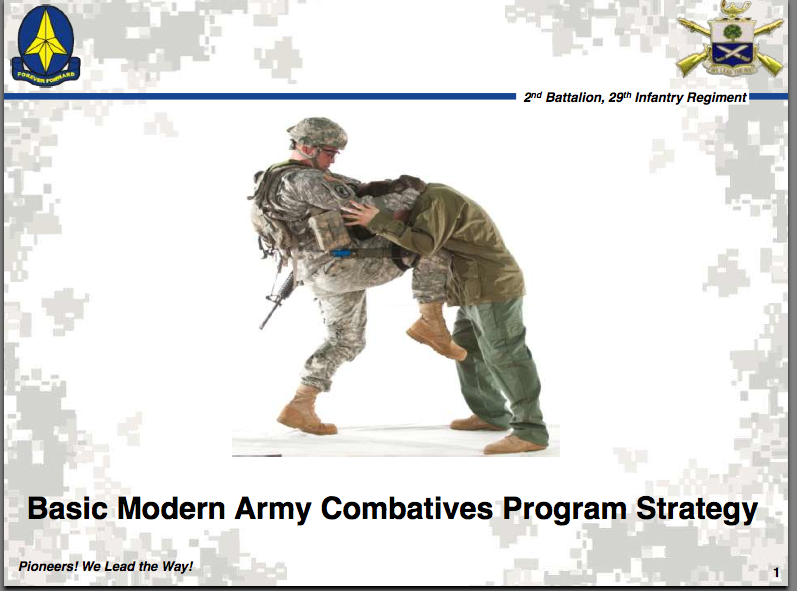Techniques Dictate Nothing
By Steve MilesToday I would like to discuss something that could really enhance your understanding of the "hows and whys" of martial arts and fighting in general. Specifically, I want to address a serious conceptual shortcoming that is a widespread plague in the martial arts and personal defense systems. That shortcoming is the error of allowing techniques to dictate strategy and/or tactics.
As we discussed two weeks ago, all fighting systems consist of methodology and material. Material we said consists of strategies, tactics, and techniques: the "moves" of how a system intends to fight.
Material is developed in accordance with the system founder's basic assumption of what "winning" is. This assumption, along with the founder's other beliefs and values, shapes the material. It's important to understand that not every system founder has the same ideas about what "winning" looks like, and so these core assumptions can differ wildly between systems.
Practitioners take a founder's fighting system and put it to use. When a fighting system is employed within the original founder's assumptions, practitioners can be functional. However, trouble can arise when a practitioner attempts to use a system in a set of assumptions that are different from the original founder's. For example, when an Olympic Boxer is forced to use his art in a street fight, or a military commando tests his shooting skills in a 3-Gun match. The resulting disconnect forces practitioners to improvise and adapt, and the results usually vary along two lines: successful and sub-optimal. Sucessful practitioners adopt strategies, tactics, and techniques from other systems that correspond with the new assumptions, or they improvise entirely new material based on the new assumptions. Sub-optimal practitioners either stubbornly insist on using the original material despite the changed circumstances, or they attempt to apply strategies, tactics, and techniques from another system based on assumptions that do not correspond to the changed paragdigm. The rest of this post will be dedicated to helping you identify sub-optimal material selection when you see it.
Sub-optimal selection of material can be summarized by the adage commonly known as Maslow's Hammer: "When the only tool you have is a hammer, all your problems look like nails."
Material represents a hierarchy of task and purpose. To be functional, material must be developed in a linear fashion whereby strategy dictates tactics, tactics dictate techniques, and techniques dictate nothing. Just because a technique works in one particular fighting context doesn't mean it is applicable to all paradigms.
For example, in a grappling system a strategy might be "close the gap, take the opponent to the ground, and finish the fight". Several tactics would be needed to implement this strategy, one of which might be "set up a takedown". One specific technique to support this tactic could be "close the gap and pummel to a clinch".
Now, let's throw a new paradigm up against this grappling system and see what happens. Instead of the original MMA assumption of an unarmed opponent, what if the opponent is armed with a knife? The pummeling technique is inappropriate for the changed assumptions about the fight, in fact, just closing with a knife-armed opponent is a very risky proposition. If a sub-optimal grappling practitioner tries to close and pummel against a knife-armed opponent the fight will likely not end well for him. A successful practitioner might use material from a knife-context system, or improvise some other technique on the spot like "throw a chair and run". In any case, we must recognize when the basic assumptions about the fight differ from those of our system and not allow the techniques we know for one context dictate the appropriate strategies and tactics for another.
The above example is fairly obvious, few would argue the applicability of pure MMA technique to knife fighting. Next week we will examine another dubious case of "techniques dictating tactics" that is still widely accepted as combat gospel: the "Modern Technique of the Pistol".
To learn more about ALIVE!™ Combatives or ALIVE! Gunfighting® contact the author Steve Miles via email to steve@combativestraininggroup.com
Copyright© 2015 Alive Technology Inc.








